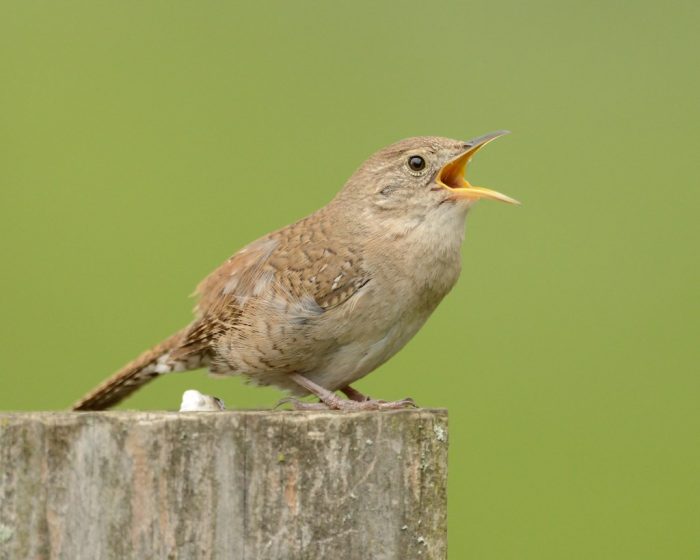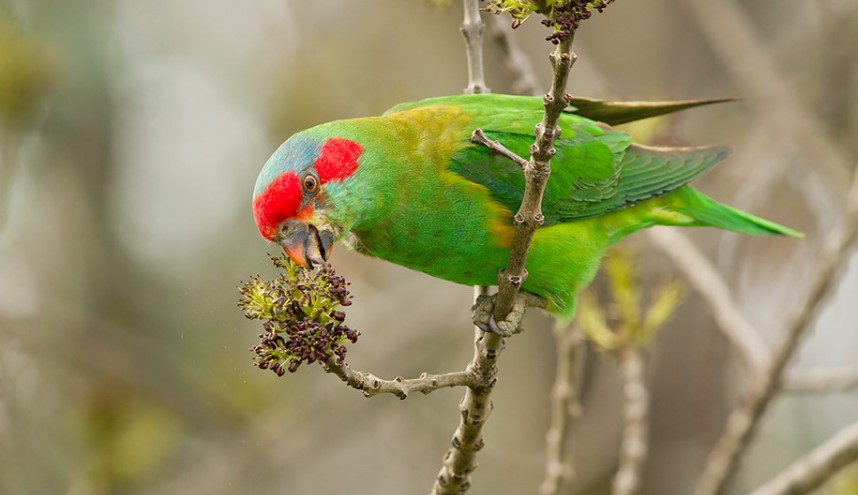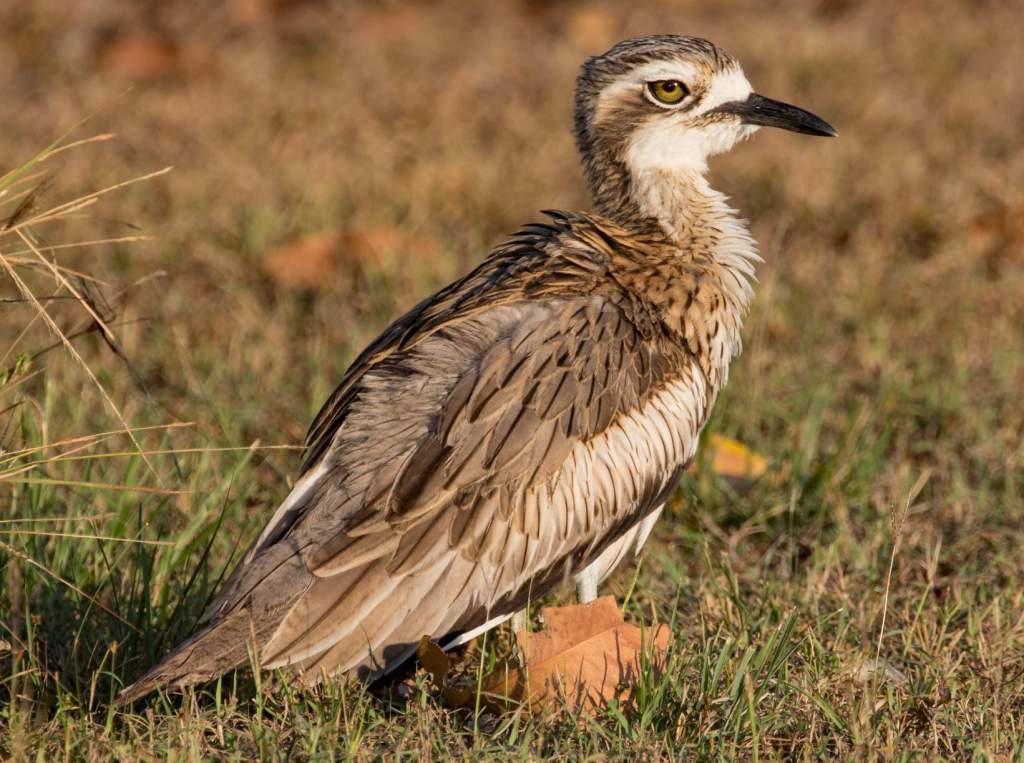House Wren is a compact, small songbird with a flat head and long curved beak belonging to the wren family. The most widely distributed short-winged bird occurs all the way through from Canada to America and Southern Argentina. Few Caribbean individuals are a bit different from distinct voices.
The House Wren is most common, but its taxonomy is very complex. Because many subspecies are considered different bird species. House Wren cocked above the line of the body or fairly dropped.
House Wren is smaller than Carolina Wren, overall brown with dark color barring on the wings and tail. It has a distinct buffy pale eyebrow, with pinkish and grey legs with cinnamon-buff throat and chest. An adult bird is about 11 to 13 cm long, with a 15cm wingspan, and weight is 10 to 12 g.
House Wren Habitat
The migratory, the insectivorous bird is a very energetic and bubbly, normally very short stay, and quickly through tangles at any branch. It is normally found at home, on forest edges, scattered grass, trees, backyards, wetlands, farmyards, and city parks. The winter season is more secretive, like brushy tangles, thickets, and hedgerows.
House Wren Song
The bird often pauses and delivers a cheerful trilling song during the nesting season but not frequently afterward. However, female birds sand rarely conspecific. Listen to the beautiful song of House Wren.
House Wren Nesting Behavior
The industry and diligence of the House Wren Nesting Behavior when nest building is well known, built in two stages. These birds forage actively in vegetation and sometimes use abundant woodpecker holes as a nesting site. A large cup-type nest with various cavities, takes one week to build. The nest is usually made of little dead and dry sticks lined with various materials, i.e., wool, cocoons, strips of bark, hair, feather, moss, rootlets, and trash.
The female bird is very choosy, can throw any unwanted sticks to the ground, and lines the nest. The entrance to the nest is very often constricted by twigs which narrow the entrance or create a small corridor-like passage within the box. The small nest cup and its narrow approaches may discourage some predators.
They prefer nesting height is about 50ft above the ground. The House Wrens are feisty and pugnacious birds, occasionally damaging the eggs of other birds in their territory. They are also notorious to fill up their nest with sticks to make them unusable. Females normally produce two broods each season, usually clutch 2 to 8 red-blotched cream-white eggs, and incubate in around 12 to 19 days. The young chick leaves the nest within 15 to 20 days.
House Wren Diet
The House Wren diet mainly consists of insects, spiders, snails, and butterfly larvae. Both parents bring plenty of food for the young chick, who prefers all passerines to hatch.
House Wren Predators
The most known predators are rats, cats, woodpeckers, opossums, raccoons, foxes, snakes, small hawks, squirrels, and Owls.

Affiliate Products
-
How One Woman Discovered the Female Fat-Loss Code Missed by Modern Medicine And Lost 84lbs Using a Simple 2-Step Ritual That 100% Guarantees Shocking Daily Weight Loss
-
60 Seconds of Habit! That Reversed Type 2 Diabetes and Melted 56 lbs of Fat
-
Boost Your Energy, Immune System, Sexual Function, Strength & Athletic Performance
-
Diabetes Remedy # 1 Mega Offer for 2019
-
7 Instant Confidence Technique with Women Program
-
Fan Victor – The Ultimate Fantasy Sports Plug-in
-
Reservation Master is a reservations software package developed for use in Hotels, Motels, Guest Houses, Bed and breakfasts, Lodges & Inns, and Campgrounds worldwide.
Read More !!
-
Belted Kingfisher (kingfishers)
-
Ruddy Kingfisher! A Perfect Photogenic Bird
-
The Crested Kingfisher (Megaceryle lugubris)
-
Marsh Wren Facts
-
Difference Between Carolina Wren vs House Wren






